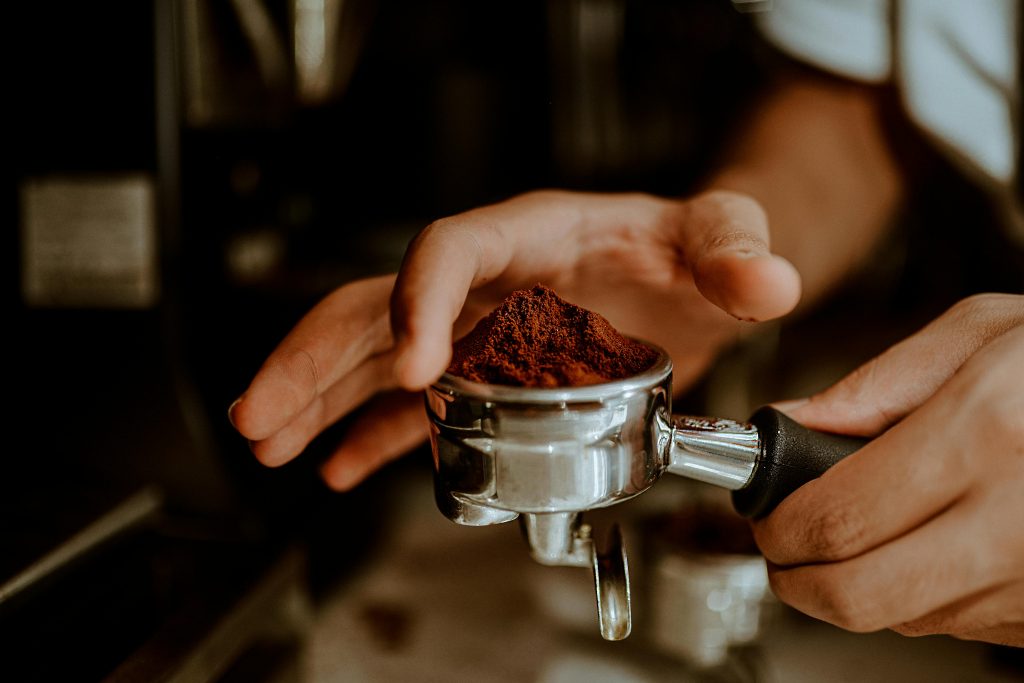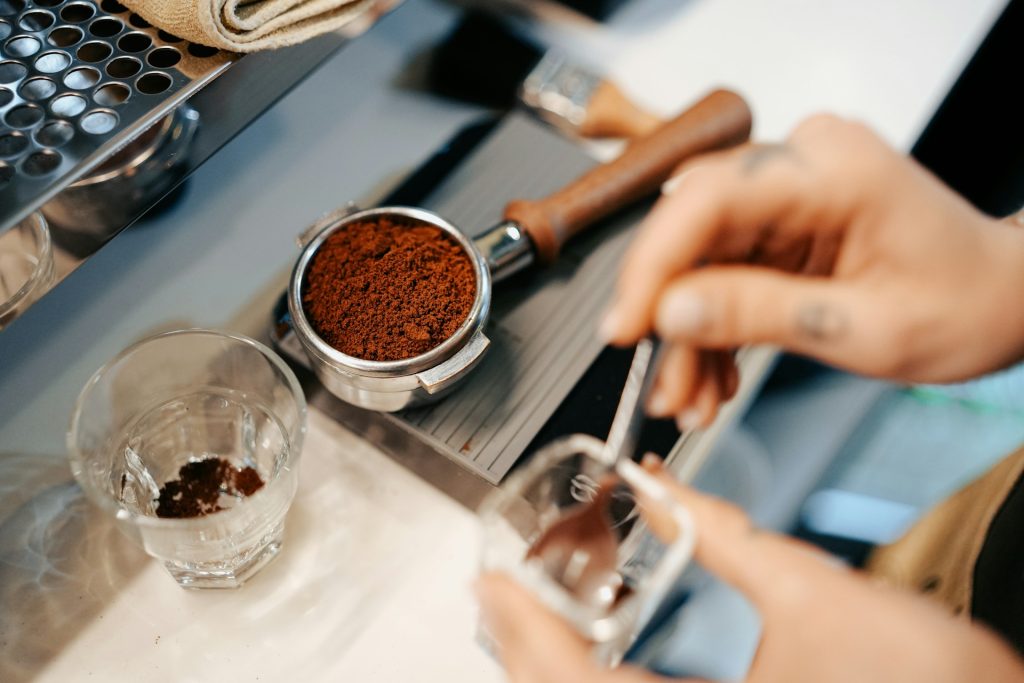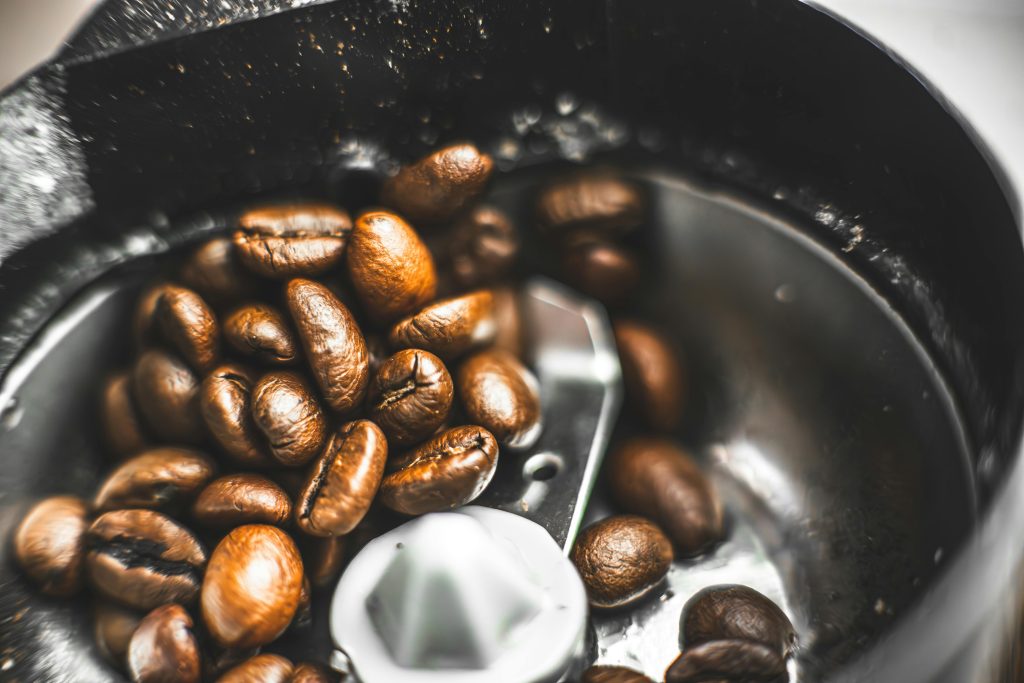Table of Contents
Those coffee grounds you’re tossing every morning? They’re worth their weight in fertilizer gold. Garden centers charge big bucks for the same nutrients you’re throwing away – and your plants are starving for them.

The Secret Life of Coffee Grounds
Most people think coffee grounds are just waste, but they’re packed with nitrogen, potassium, and magnesium – the exact nutrients plants crave. Even better? Coffee grounds change your soil’s structure to help roots grow stronger. They’re like a natural protein shake for your garden.
The Magic Ratio Your Plants Need
Here’s the game-changing mix professional gardeners use:
- 1 part coffee grounds
- 3 parts leaves or grass clippings
- 1 part shredded paper or cardboard
This combination creates perfect soil within weeks, not months. The grounds kickstart decomposition, while the other materials provide structure and additional nutrients.
Plants That Go Crazy for Coffee
Some plants respond to coffee grounds like cats to catnip:
- Roses double their blooms
- Tomatoes grow 30% larger
- Blueberries produce sweeter fruit
- Carrots develop a deeper color
- Hydrangeas turn vivid blue
The Composting Shortcut Nobody Tells You
Forget waiting months for compost. Coffee grounds are already partially broken down, so they compost faster than almost anything else. Add them to your pile and they’ll cut your composting time in half. The heat from decomposing grounds also helps break down other materials faster.
Your Anti-Pest Secret Weapon
Coffee grounds are natural pest repellents. Slugs and snails hate crossing coffee barriers. Cats avoid coffee-treated soil. Even mosquitoes stay away from areas where coffee grounds have been scattered. It’s like an invisible fence that only pests can sense.
The pH Myth (And What Matters)
Despite what you might have heard, used coffee grounds aren’t acidic. The brewing process removes most of the acid. What’s left helps balance soil pH. This means you can use them anywhere in your garden without worry.
Beyond the Garden: Surprising Uses
Coffee grounds work magic in places you’d never expect:
- Mix with coconut oil for a natural body scrub
- Add to compost tea for a super-charged plant feed
- Sprinkle around ant-prone areas as a deterrent
- Use as a natural dye for paper or fabric
- Add to mulch for extra nitrogen boost
The Collection Game Plan
Don’t have enough grounds? No problem:
- Ask local coffee shops (many save grounds for gardeners)
- Set up a collection system at work
- Join neighborhood composting groups
- Check with local restaurants
- Start a coffee ground-sharing program
Most coffee shops are happy to give away their grounds – you’re solving their waste problem.
Storage Secrets That Matter
Fresh grounds can grow mold if stored wrong. Here’s how to store them right:
- Spread them out to dry before storing
- Use a container with drainage holes
- Keep in a shady spot
- Mix with dry leaves or paper
- Use within 2-3 weeks for best results
The Winter Hack Your Garden Needs
Save grounds through winter for a spring boost. Freeze them in ice cube trays with water, then thaw and use as needed. The freezing process breaks down the grounds further, making nutrients more available to plants.
Rookie Mistakes to Avoid
Don’t just dump grounds on your plants. Too much of a good thing can cause problems:
- Never pile grounds more than half an inch deep
- Mix with other materials before applying
- Keep grounds away from plant stems
- Water well after application
- Start with small amounts and observe the results
Turn Your Black Thumb Green
Starting a garden can be intimidating, but coffee grounds make it nearly foolproof. They improve soil structure, feed beneficial bacteria, and create the perfect environment for healthy plants. It’s like giving your garden training wheels.
The Science Behind the Magic
Here’s what makes coffee grounds so special for your soil: they’re packed with about 2% nitrogen, which is the exact percentage most plants need for optimal growth. But it’s not just about nitrogen. Coffee grounds also contain trace minerals that you can’t find in standard fertilizers – things like copper, magnesium, and potassium that plants absolutely love.

The Worm Secret Nobody Talks About
Earthworms are obsessed with coffee grounds. They’ll migrate to areas where you’ve added grounds and multiply like crazy. One study found that gardens with coffee-enriched soil had up to 2.5 times more earthworms. These little diggers are nature’s soil developers, creating tunnels that help roots grow and water penetrate.
Making Super-Charged Garden Tea
Want to give your plants an instant boost? Here’s how to make coffee ground tea:
- Fill a 5-gallon bucket halfway with water
- Add 2 cups of used coffee grounds
- Let it steep for 24 hours
- Strain and dilute 1:1 with water
- Water your plants with this mixture once a week
Your plants will respond as if they’ve had their own caffeine hit. This tea is especially good for heavy feeders like tomatoes and squash.
The Four-Season Coffee Strategy
Different seasons call for different coffee ground applications:
Spring: Mix grounds into your soil before planting. They’ll help warm the soil and provide nutrients for young plants.
Summer: Use grounds as a light mulch around heavy feeders. They help retain moisture and slowly release nutrients.
Fall: Add grounds to your compost pile to speed up leaf decomposition. They’ll help create rich compost for next spring.
Winter: Store grounds in a covered bin, layering with dry leaves. By spring, you’ll have perfect planting material.
Creating the Perfect Potting Mix
Professional gardeners pay big money for premium potting soil. Make your own with this recipe:
- 3 parts regular potting soil
- 1 part dried coffee grounds
- 1 part vermiculite or perlite
- 1 part compost
This mix provides perfect drainage, nutrients, and soil structure for container plants. It costs about 75% less than premium potting soil and works even better.

The Coffee Ground Color Code
Different types of coffee grounds benefit different plants:
- Dark roast grounds: Higher in nitrogen, perfect for leafy greens
- Medium roast grounds: Balanced nutrients, great for flowers
- Light roast grounds: More acidic, ideal for acid-loving plants
- Espresso grounds: Super fine texture, excellent for seed-starting

The Urban Gardener’s Guide
Living in an apartment doesn’t mean you can’t use coffee grounds. They’re perfect for:
- Balcony container gardens
- Indoor herb gardens
- Window box plantings
- Small-space composting
- Houseplant maintenance
The fine texture of the grounds makes them ideal for small-scale growing, and they don’t create the odors that other organic fertilizers can.
Problem-Solving With Grounds
Got garden troubles? Coffee grounds might be the answer:
- Yellow leaves? Add grounds for a nitrogen boost
- Compacted soil? Mix in grounds to improve structure
- Fungus problems? Use grounds as a natural fungicide
- Slow growth? Make coffee ground tea for instant feeding
- Pest issues? Create a coffee ground barrier.
Coffee Grounds: Your Garden’s New Best Friend
Stop throwing away garden gold. Start collecting those grounds and watch your garden transform. Your morning coffee isn’t just fueling you anymore – it’s growing your little piece of paradise.

I’m Audrey, a dedicated mother of teenagers with an insatiable love for coffee. On BeanBrewLove.com, I intertwine my need for caffeine with reflections on life. Whether expressing a nostalgic sentiment or injecting a hint of sarcasm, my blog is a reservoir of coffee culture, brewing techniques, and global coffee reviews.




